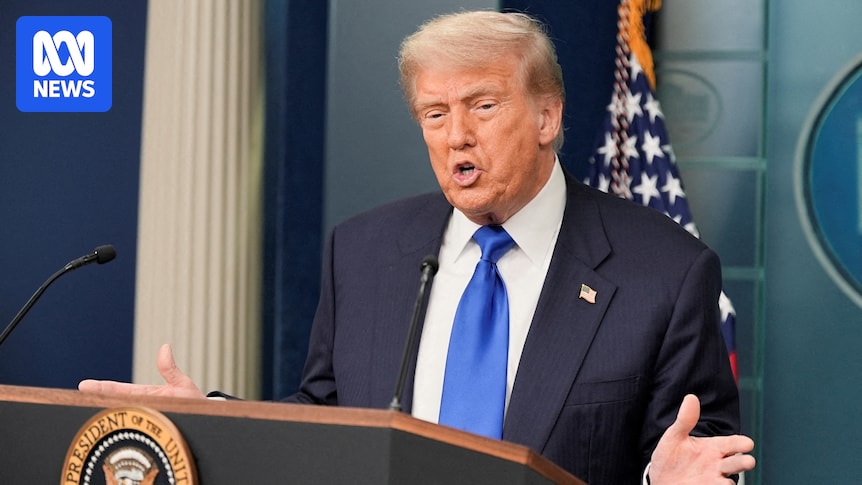
Donald Trump has unveiled a new tranche of tariffs set to be imposed on imports from various countries starting August 1. These levies, part of the Trump administration’s ongoing trade strategy, are aimed at countries that have yet to negotiate favorable trade deals with the United States. The announcement comes after an initial delay from the originally planned date of July 9.
Among the countries affected, Sri Lanka will see a tariff of 30 percent, down from a previously proposed 44 percent. The Philippines faces a 20 percent tariff, a slight increase from 17 percent, while Algeria’s tariff remains unchanged at 30 percent. Other countries such as Brunei, Iraq, Libya, and Moldova will also see adjustments in their tariff rates.
Rationale Behind the Tariffs
The latest letters sent to these countries justify the tariffs as a response to what the White House describes as unfair trade deals. President Trump emphasized the need for reciprocity in international trade, stating,
“Brazil, as an example, has not been good to us, not good at all.”
The President hinted at announcing specific tariff rates for Brazil, underscoring the administration’s focus on revising trade agreements perceived as imbalanced.
Global Impact and Reactions
The move represents a significant step in Trump’s broader trade policy, which has seen the imposition of tariffs on a range of goods, including copper and pharmaceuticals. The administration has sent letters to 20 countries so far, including key US allies such as Japan and South Korea, as well as Indonesia, Bangladesh, and Thailand. However, major trading partners like the European Union have yet to receive such communications.
An EU spokesperson expressed the bloc’s willingness to negotiate, stating,
“We want to strike a deal with the US in the coming days.”
Diplomats suggest that negotiations may continue until the August 1 deadline, with the EU expecting a baseline tariff of 10 percent on its goods, with exemptions for critical sectors.
Historical Context and Expert Opinions
This development follows a series of trade measures by the Trump administration, which have often been characterized by their aggressive stance. Historically, the US has used tariffs as a tool to protect domestic industries and push for better trade terms. Experts note that while tariffs can be effective in the short term, they often lead to retaliatory measures and trade tensions.
Economists are divided on the long-term impact of such policies. Some argue that they could lead to higher prices for consumers and strained international relations, while others believe they may ultimately result in more balanced trade agreements. RBA Deputy Governor Andrew Hauser recently called for a “Golden Age” of economic thinking to address such challenges, highlighting the complexities of modern trade dynamics.
Looking Ahead
As the August 1 deadline approaches, the international community watches closely to see how these tariffs will affect global trade dynamics. The Trump administration has indicated a willingness to adjust its stance if countries alter their trade policies, suggesting that negotiations may continue in the coming weeks.
The implications of these tariffs are significant, potentially reshaping trade relationships and impacting economies worldwide. With the European Union and other major players yet to finalize agreements, the coming days will be critical in determining the future of international trade under the Trump administration.






